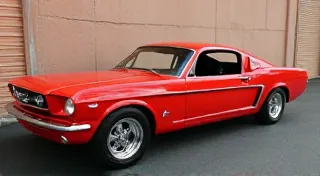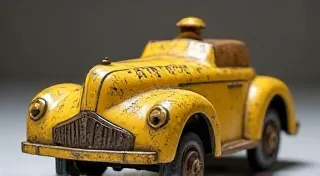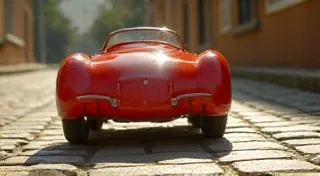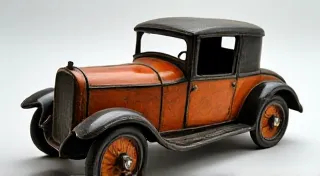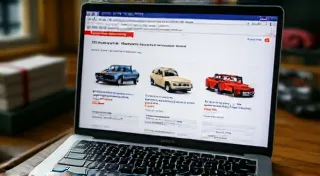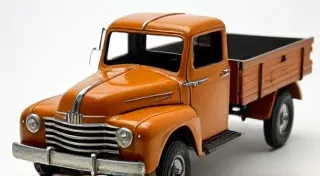The Rust of Memory: How Toy Car Collecting Unearths Lost Childhoods
The scent of dust, the faint tang of aged metal – for many, these aren't unpleasant sensations. They're triggers. Keys that unlock chambers in the heart, rooms filled with echoes of laughter, scraped knees, and the boundless optimism of childhood. For those drawn to the world of vintage toy cars, these sensory cues are often inseparable from the joy of the pursuit. It's more than just collecting miniature vehicles; it's about preserving fragments of a time long past, a time often idealized and cherished.
The allure isn't solely about the objects themselves – the gleaming chrome of a 1957 Mercury, the meticulously painted details of a tinplate racing car. It’s about what they *represent*. They are time capsules, embodying an era of post-war prosperity, burgeoning consumerism, and a sense of unwavering technological progress. Think of the enduring appeal of the Marx tin racers, or the intricate detailing on a Buddy L truck. These weren’t just toys; they were miniature reflections of the world adults navigated, shrunk down and made accessible to young imaginations.
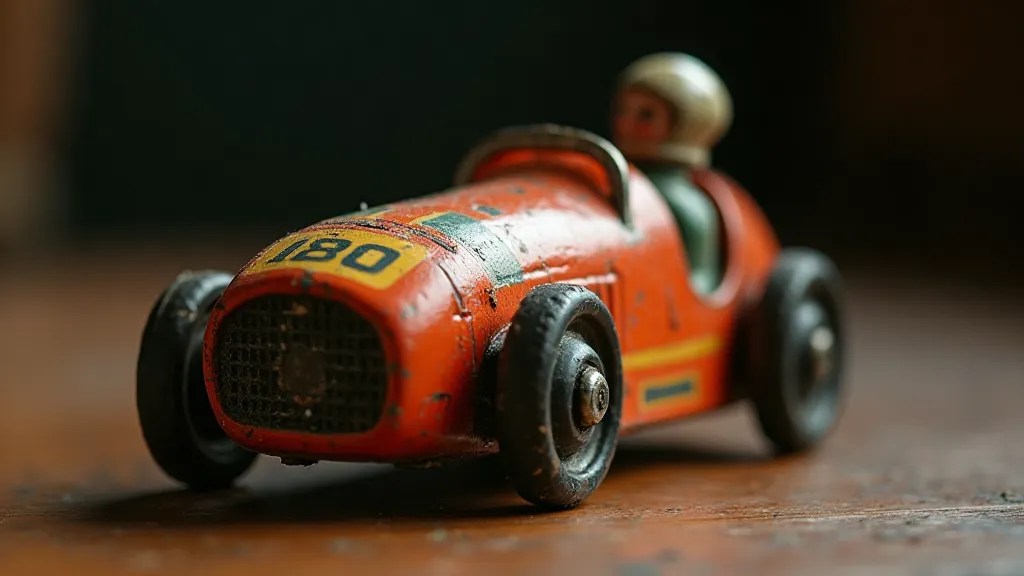
A History in Miniature
The history of toy cars is intricately linked to the evolution of manufacturing. The late 19th and early 20th centuries saw the rise of lithography and pressed steel, processes that made mass-produced toys a reality. Companies like Lionel, Marx, and Buddy L quickly capitalized on this, producing cars and trucks that captured the imagination of children across America and beyond. The post-World War II boom years further fueled the industry, with new models appearing almost annually. These weren't just toys; they were status symbols, coveted possessions that reflected a family's place in an increasingly materialistic society.
The rise of “Dinky Toys,” as they were affectionately known, exemplifies this era. These smaller, more detailed models became hugely popular, further fueling the toy car craze. Understanding the nuances of these early manufacturers and their production techniques can be a fascinating aspect of collecting, and resources like Dinky Toys: A Collector's Dream offer a deeper dive into the details. Their impact on the collecting world and the broader narrative of toy history cannot be overstated.
Consider the rise of the "tinplate" era. These pressed steel toys, often adorned with vibrant colors and elaborate detailing, represented the pinnacle of toy craftsmanship. Each car was a testament to the ingenuity and skill of the artisans who created them. They weren’t simply stamped out by machines; each element was carefully assembled, painted, and finished by hand. The level of detail, from the tiny hubcaps to the simulated headlights, demonstrates a dedication to realism that is almost unheard of in modern toy manufacturing. This focus on detail, and the powerful sense of nostalgia they evoke, is why Celebrating the Nostalgia: Why Vintage Toy Cars Still Matter resonates so strongly with so many.
The Collector’s Heart: More Than Just Acquisition
For many collectors, the act of acquiring a vintage toy car isn’t driven by a desire for investment or prestige. It's a deeply personal journey, often rooted in childhood memories. I remember my grandfather, a quiet man who rarely showed emotion, lighting up whenever he talked about the Lone Star Mighty Mustang he'd had as a boy. He’s gone now, but holding that very model, found at a dusty antique store years later, felt like receiving a tangible piece of his memory, a connection to a past I never directly experienced.
The emotional connection can be surprisingly powerful. Finding a particular model that someone remembers from their childhood, a car that evokes a specific memory of playing with a parent or sibling, can elicit a profound sense of nostalgia. It’s a reminder of simpler times, of a world that seemed less complicated and filled with endless possibilities. The pursuit becomes less about the object and more about the feeling it evokes – a longing for a lost innocence, a yearning for a connection to a past that shaped who we are.
And it’s not just about joy. The hobby often carries a gentle melancholy. Knowing these toys were once held and cherished by children who are now adults, many of whom have moved on from childhood, evokes a sense of bittersweet reflection. Each scratch, each faded paint spot, is a tiny testament to a life lived, a story unfolded.
The Art of Preservation: A Gentle Touch
Restoration, for many serious collectors, is approached with a reverence for the original artifact. It’s not about making the toy look brand new; it’s about stabilizing its condition and preserving its character. Overly aggressive cleaning or repainting can diminish the toy’s value and erase the subtle traces of its history. Gentle cleaning with appropriate solvents, careful lubrication of moving parts, and minor repairs are often preferred. The patina of age – the subtle wear and tear that tells a story – is often considered an integral part of the toy’s charm.
Beyond the practical considerations of preservation, there's an ethical dimension to consider. These toys were once loved and played with by children, and their value extends beyond their monetary worth. Handling them with care and respect is a way of honoring that history, of acknowledging the connection to the past that they represent. Understanding the factors that influence the value of these collectibles – condition, rarity, originality – is crucial for both buyers and sellers. The intricacies of determining The Value of Vintage Pressed Steel Toy Cars are explored in detail elsewhere, offering insights for those interested in the financial side of the hobby.
Furthermore, identifying the era and manufacturer of a particular toy can be challenging. Recognizing the hallmarks of early production runs, identifying subtle variations in design, and understanding the historical context of a toy’s creation all contribute to a deeper appreciation of its significance. For newcomers to the hobby, resources focused on Identifying and Dating Early Tinplate Toy Cars are invaluable tools for building knowledge and confidence.
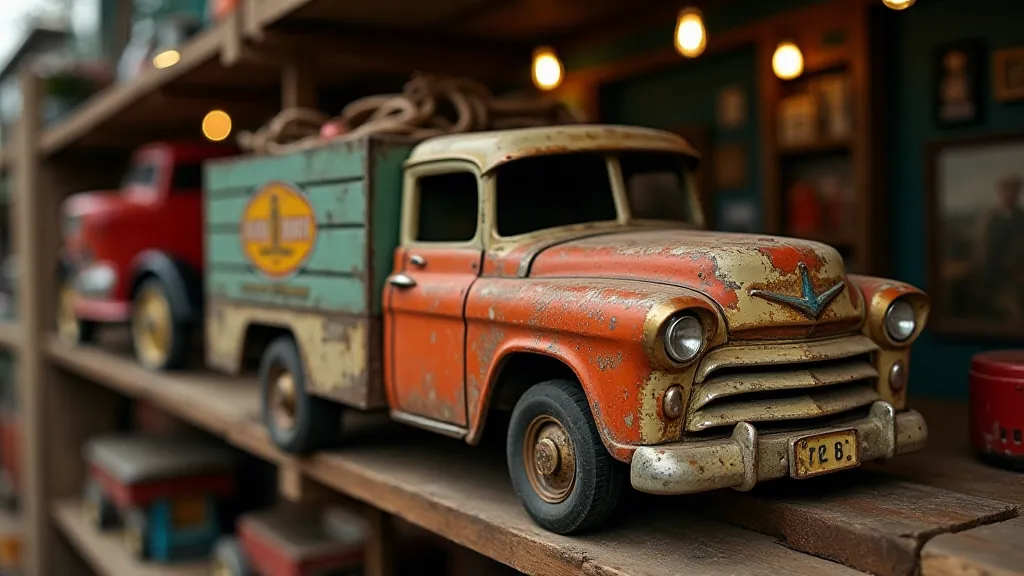
The Community and the Future
The world of vintage toy cars isn’t just a hobby; it’s a community. Collectors gather at antique shows, online forums, and local gatherings to share their passion, exchange knowledge, and connect with fellow enthusiasts. The camaraderie and shared appreciation for these miniature time capsules create a unique and rewarding experience. This shared passion creates a vibrant network of enthusiasts, each contributing their expertise and enthusiasm to the collective knowledge of the hobby.
The hobby is also evolving. While the appeal of classic tinplate racers and pressed steel trucks remains strong, new collectors are entering the scene, drawn to the aesthetics, the history, and the sense of connection to the past. The online marketplace has transformed the way collectors buy, sell, and trade, creating a global community of enthusiasts. As the popularity of vintage toys continues to grow, so too will the demand for authentic pieces and knowledgeable experts. If you’re just starting your collecting journey, discovering Toy Car Collecting on a Budget can offer practical advice and inspiration.
The preservation of this cultural heritage is paramount. Museums and historical societies are increasingly recognizing the significance of vintage toys as artifacts of a bygone era. Efforts to document and preserve these treasures for future generations are vital to ensuring that the stories they embody are not lost to time.
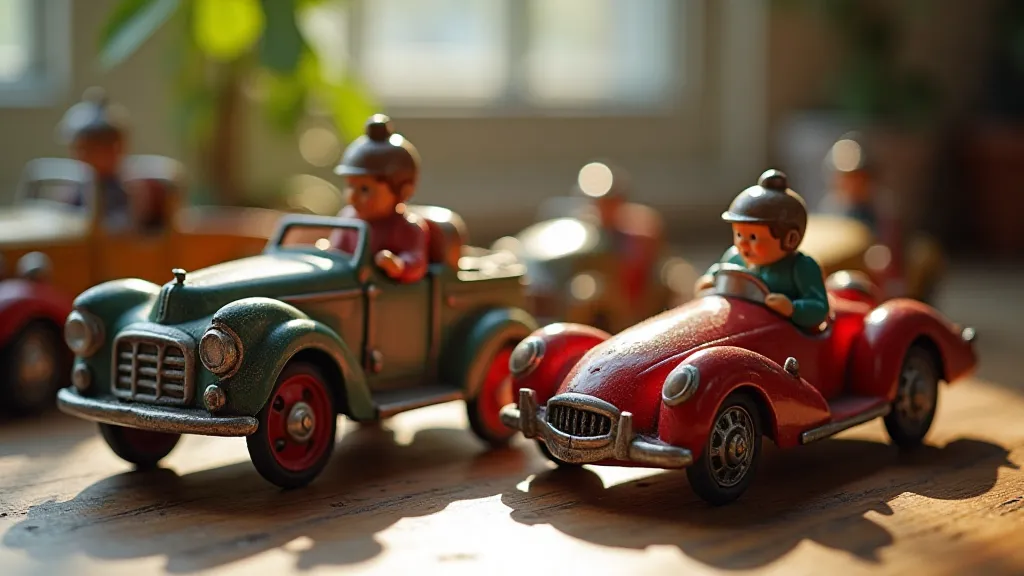
A Legacy of Imagination
As these toys become increasingly rare and sought-after, their value – both monetary and sentimental – will only continue to grow. They represent a tangible link to a bygone era, a reminder of the simple joys of childhood, and a testament to the enduring power of imagination. The rust of memory may fade, but the stories embedded within these miniature vehicles will continue to resonate for generations to come.
